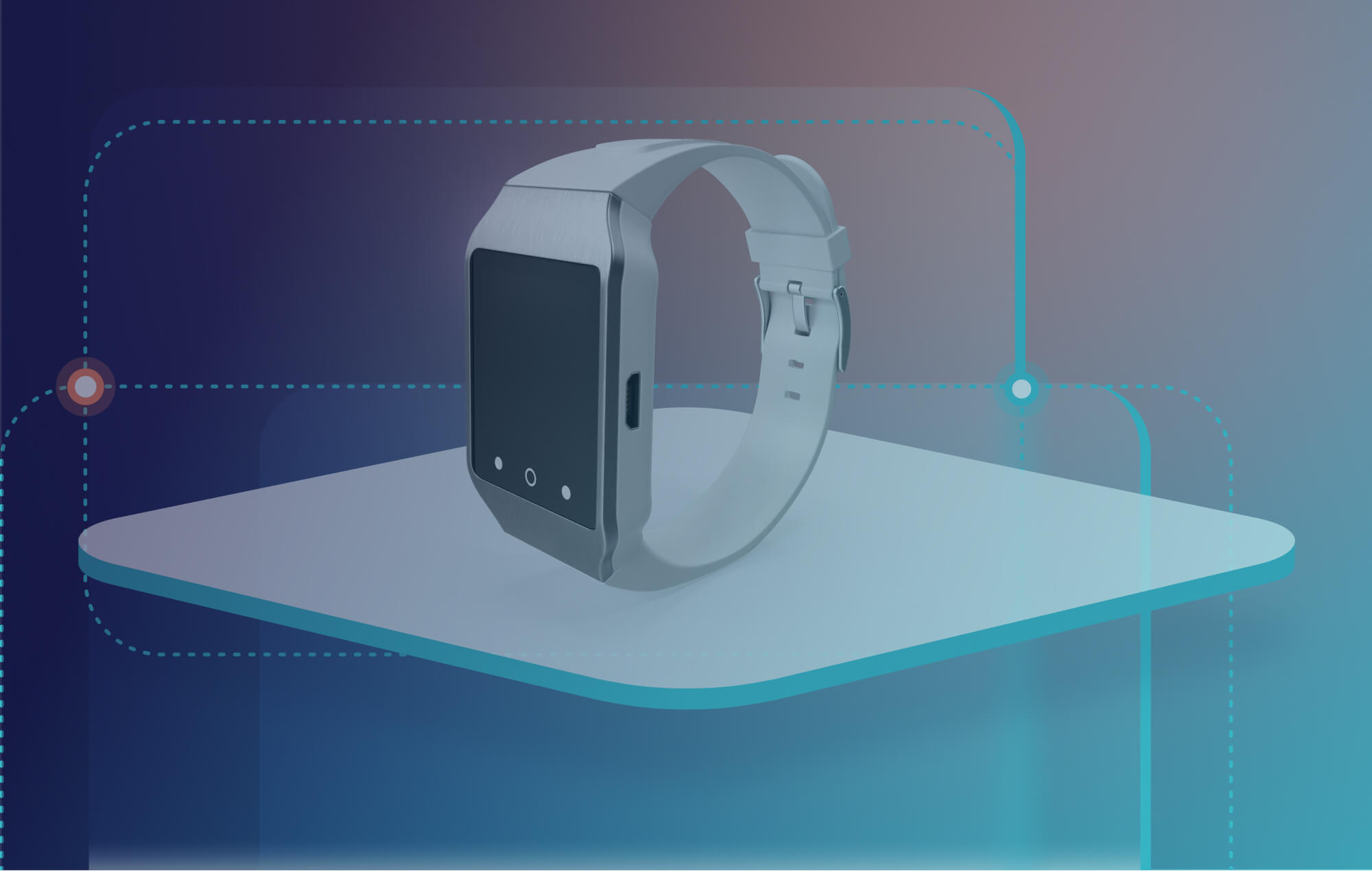Share
Modern organizations must integrate sustainability into their corporate strategy as stakeholders—employees, executives, customers, partners, and regulators—increasingly demand tangible sustainability efforts. Businesses not meeting these expectations risk losing customers or a competitive edge, not to mention being caught flat-footed if stricter regulations are implemented.
The upside is that sustainability is smart business. Millennials and Gen-Zers increasingly demand sustainable products and are willing to pay more for them. NYU Stern Center for Sustainable Business found that sustainability-marketed products are growing twice as fast as conventionally marketed products and selling at a premium of 28% on average. Savvy businesses are leaning into sustainability as a net benefit for all—both a healthier world and a healthier bottom line.
For IoT device manufacturers and retailers, sustainability means a more deliberate approach toward product returns. The return rate for computers and consumer electronics products can range from 3% to 15% of product sales and is rising yearly. Outdated, hard-to-operate, or buggy electronics create issues for customers, drive down business profits, and contribute to the 80% of e-waste that doesn’t get recycled. To prevent your product from becoming part of the problem, read on for a few insights and tips.
The Impact of Product Returns on Business
The impact of product returns on your bottom line is significant. Short-term costs and headaches include:
- Return material authorizations (RMA)
- Shipping and Receiving
- Processing
- Asset recovery
- Disposal
- Staffing
Over the longer term, you’ll have to reckon with the (arguably much higher) costs of
- Customer dissatisfaction
- Lost customer opportunities
- Brand damage
We recently covered some of the surprise costs of product returns you may have yet to consider. But let’s take a minute to reflect on how big those costs are. From a revenue perspective, more than $550 billion of returns are made each year and cost supply chains $50 billion yearly. From a sustainability perspective, returned goods are responsible for 27 million metric tons of CO2 and 9.6 billion pounds of landfill waste. That’s the equivalent of 5.9 million cars driven for one year and 10,500 fully loaded Boeing 747s.
The cost of returns-–for everybody—can’t be ignored.
Root Causes of Returns
Today’s customers have been conditioned to have sky-high expectations of their IoT devices. They want products that are reliable, innovative, and cost-friendly, and they want them delivered quickly and conveniently.
And while they might give products the benefit of the doubt initially, it doesn’t take long for consumers to lose their patience. In 2018, only 14% of smart home device owners reported technical difficulties with a product. As the number of IoT products has grown, so has consumer frustration with them—in 2022, that percentage had grown to 35%. The same research reveals that while 91% of IoT device owners will try at least one self-help approach when dealing with a technical issue, only 47% are successful in resolving it themselves. Unresolved issues often turn into product returns or lead to unused products that eventually get tossed in the trash.
There’s no shortage of reasons a user may return an IoT device, including:
- Set-up and operation are too overwhelming and/or complicated.
- Misaligned expectations between what the product promised and what it actually delivers.
- Tech support isn’t adequately trained to help customers with technical issues.
- Competitive products introduce a newer feature, a friendlier UI, or easier integrations.
While you’re never going to avoid disappointing every customer, there are simple steps you can take to reduce the likelihood of product returns and avoid creating e-waste.
Strategies to Minimize Returns
For device manufacturers, minimizing returns is a significant step toward achieving sustainability goals. Consider the following tips to get started.
1. Quality Control
Rapid industry innovation and evolving user interests put extraordinary pressure on teams to release the next “It” product as quickly as possible. Quality QA may not be exciting, but it’s critical to ensure that a product remains in customers’ hands instead of being returned to yours. For IoT products—which can be inherently unreliable—testing for common reliability metrics can help you get closer to the 99.9% device uptime that IoT developers aim for. For example, to reduce the common issue of crashes, testing across three core metrics can help you build the best product before shipping it:
- Crash frequency (there are several ways to do this, check out our blog post on counting crashes to learn more)
- Average battery life (read our blog post on battery performance for more)
- Connectivity performance
These are just a small sample of possible metrics, and the right measures will depend on your devices. The point is, that the better your testing, the better your product, and the longer your product will stay in use.
But in today’s competitive market, robust pre-launch testing isn’t enough.
Today’s IoT companies need to make sure their customers remain happy. To do that, you want to maintain visibility into the health of your devices once deployed and any firmware should be able to be updated remotely after the product is on shelves. Working with an over-the-air OTA platform for updates allows you to fix problems and add features. After all, 70% of consumers say it’s very or somewhat important that their connected products evolve or learn.
2. Make getting started simple
When it comes to end users learning how to use an IoT device, it should be as simple as possible. Removing new user friction leads to higher user adoption rates, reduces support costs, and creates satisfied, long-term customers. A smooth initial product experience isn’t just a convenience, it’s an assurance that the product consumers have invested in will function as intended and integrate effortlessly into their lives. Ask beta testers (often family and friends) to unbox your product with fresh eyes and solicit their honest feedback—processes that seem intuitive or simple for some may not be for all.
Gathering detailed health and performance data from your devices in the field can also provide valuable insights on product usage, such as:
- When your device powers on for the first time, how is it being used?
- What common conditions does it experience?
- Do users do something you didn’t anticipate?
These kinds of insights can help you optimize your product so that the first interaction is as good as possible and that your devices perform consistently at that critical point. Happy customers with functioning products mean fewer returns and less waste.
3. Education and communication
Educating users about product features, usage, and care is imperative for smart device makers and retailers. Create comprehensive product guides, tutorials, FAQs, and best practices so customers can easily understand and maximize the utility of their smart devices. As smart devices often receive firmware updates, new integrations, and security patches, be sure to offer live documentation that keeps users informed of changes and new functionalities. This guarantees that customers are aware of the evolving capabilities of their devices and also lets them optimize their usage, troubleshoot common issues, explore features, and understand best practices for care.
Also, be sure that your customer support team is fully up-to-date about new and existing issues which will help resolve issues before a customer needs to make a return. Your support team’s life gets a whole lot easier if you have a solution in place that automatically catches and collects issues. This kind of proactive debugging not only increases your chance of getting a fix together quickly but also means that if customers start reporting issues your support team will have a better chance of knowing exactly what’s going on and can provide answers and suggestions with more confidence.
Measuring Success and Monitoring Progress
To stay on top of your progress in reducing returns, you’ll want to develop some KPIs for tracking your business sustainability efforts. Some questions to consider include:
- How has the number of returns increased or decreased?
- How has customer contact changed in terms of frequency or logged issues?
- Are users posting less frequently about negative product experiences on social media channels?
- What are the cost implications of new initiatives?
- Are there measurable benefits related to reductions in carbon emissions or energy consumption due to your sustainability efforts?
For smart devices, regular monitoring of your products in the field can give critical insight into product health—and whether your devices are sitting unused on the shelf or worse, in the trash.
For modern businesses, prioritizing sustainable practices is no longer niche, it’s a necessity. Reducing returns is the most significant step firms can take to limit their impact on the environment and position their business for success. Many returns stem from issues like outdated or buggy technology, which creates unhappy customers, unnecessary waste, and unwelcome extra costs. Taking a few of these tips can help product teams and sellers reduce the number of returns and contribute to a better future.
To learn how Memfault can help you reach sustainability goals by building better products and reducing product returns, try out our platform or reach out today.




